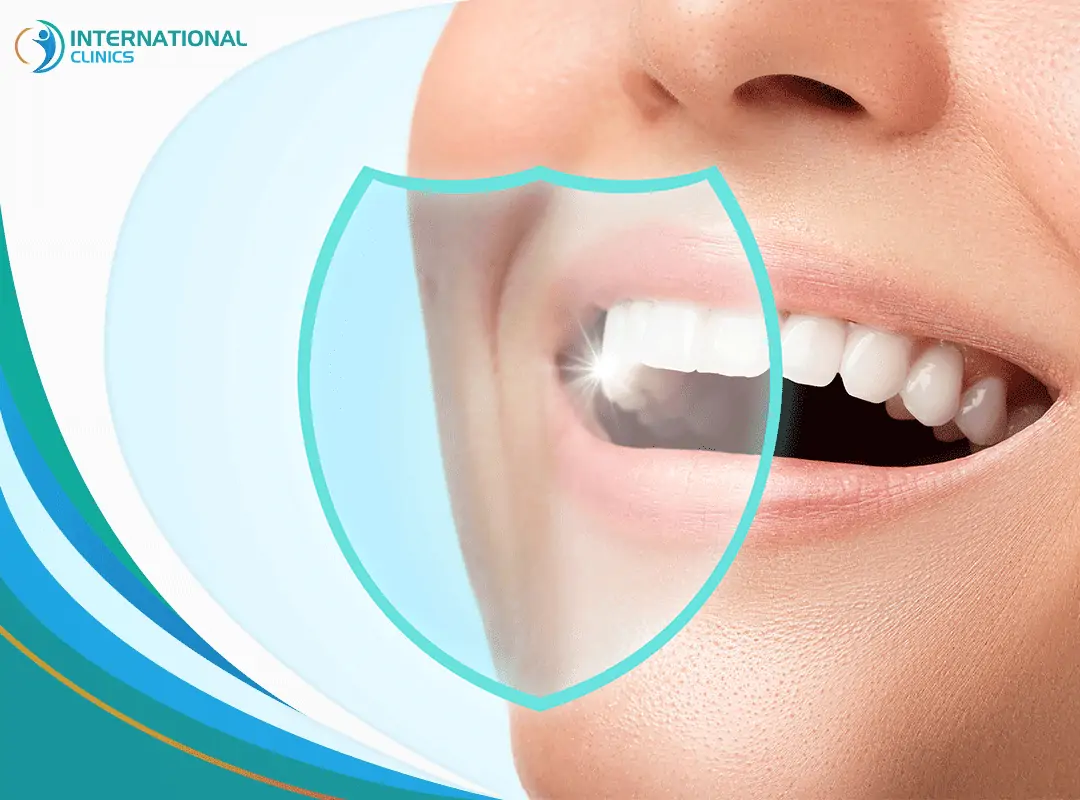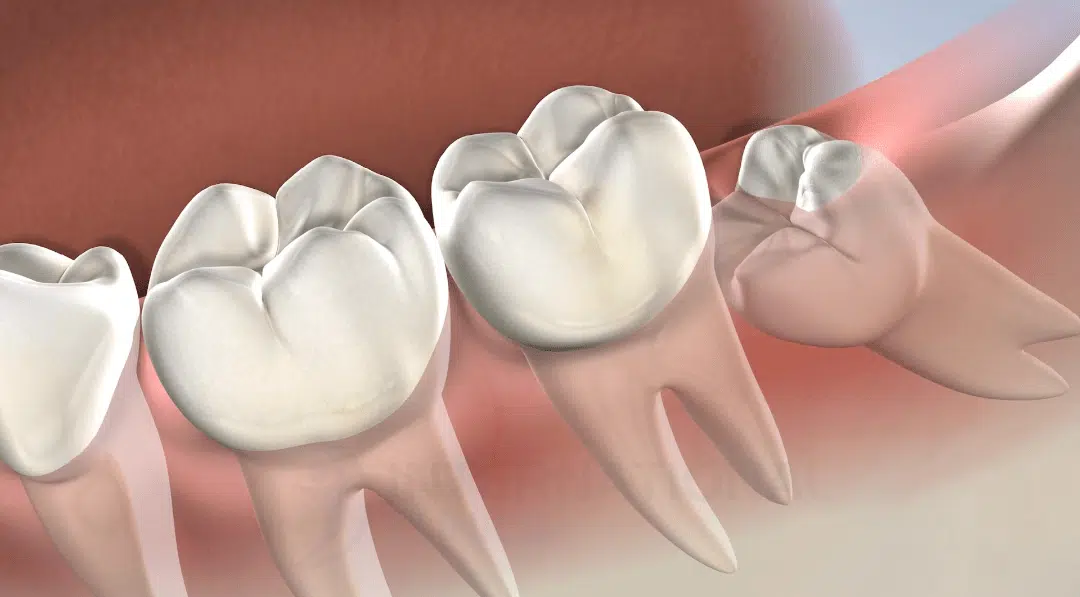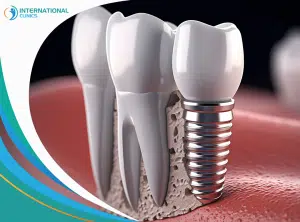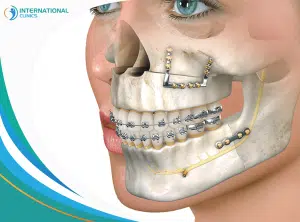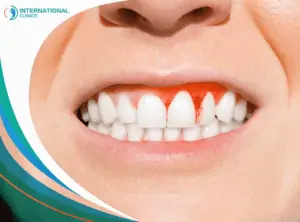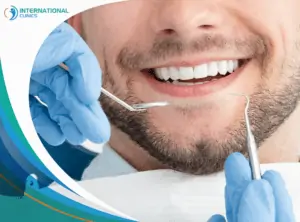The branches of dentistry are enormous, but they all agree on common instructions and guidelines to help protect teeth from the dangers of dental caries and decay. Both conservative dentistry and endodontics are related and basically aim for the same thing, and this also applies to dental implants in Turkey.
They try to preserve the natural color and shape of the teeth by battling the changes that occur because of plaque buildup. Conservative treatment involves cosmetic procedures and dental fillings that keep the teeth healthy for as long as possible.
Scientists in both fields conduct scientific research to discover new methods for dental treatment. They also cooperate with other dental specialties to provide necessary clinical care to patients. There is a dedicated journal that publishes articles solely about the topic called “Journal of Conservative Dentistry“.
What Is Conservative Dentistry?

Conservative dentistry, also known as restorative or operative dentistry, refers to dental treatments that aim at preserving or maintaining healthy tooth structures for as long as possible.
Conservative dentistry definition encompasses many popular approaches and treatments, including endodontics, fixed prosthodontics, and dental implants. Most of these treatments are minimally invasive procedures that you can receive in dental clinics.
Conservative dentistry preserves your own natural teeth and allows you to chew and bite your food without pain or discomfort. The approaches of conservative dentistry could be classified into direct and indirect restorative dental treatments.
Veneers (Hollywood smile in Turkey), bridges, and crowns are all part of conservative dentistry, besides gum disease treatment and replacement fillings. Conservative dentistry is a better alternative to over-excavation, abrasion, or cavity drilling.
What Is Endodontics?
Endodontics, also known as root canal treatment or therapy, is a branch of conservative dentistry and one of the most common dental treatments. It mainly focuses on treating the problems that affect the tooth pulp and replacing the affected structures with filling material.
Endodontics therapy encompasses different types of procedures that aim at treating tooth decay and other diseases that target the dental pulp. Such procedures include root canal treatment, apicoectomy, and endodontic retreatment surgery.
The dental pulp contains connective tissues, nerves, and a group of small blood vessels. Irritation or inflammation of the dental pulp occurs because of tooth decay, tooth cracks, or because of large fillings. In the absence of early interventions, this may lead to the formation of abscesses.
Root canal treatment often involves the removal of dental nerves. Dental nerve removal doesn’t have any negative effects on the teeth because the nerve’s primary function is to sense hot and cold foods.
Why Are Conservative Dentistry and Endodontics Important?
In the absence of any conservative dentistry procedure or treatment for the dental roots, bacteria can spread to the dental pulp cavity and cause swelling in the neck and face areas, headaches, and bone loss in the area around the root of the tooth.
Both conservative dentistry and endodontics are very important also to repair the external irregularities of teeth and fixing their alignment, allowing for better food chewing and biting. We shouldn’t also forget the aesthetic importance of gap-free teeth resulting from conservative dentistry and endodontics.
This can lead to complete tooth loss and unwanted-sometimes permanent- consequences. Dental nerve treatment requires two or more sessions, depending on the number of targeted teeth, irregularities in the teeth, and the extent of inflammation.
Dental Fillings

Dental fillings are among the most important elements of conservative dentistry and endodontics because they can treat decayed parts of the teeth. To do this, the doctor cleans the teeth and places the right fillings. Local anesthetic agents and tools are used to remove cavities and debris. In some cases, the doctor places a lining to protect the dental nerve.
It is also possible to trim or polish the teeth or remove the edges to keep the teeth in optimal health. There are many types of dental fillings used to fill dental cavities. We can review the most prominent of them as follows:
- Composite dental fillings: They are made of a mixture of plastic and ceramic. Doctors use them frequently and their color is similar to natural teeth.
- Ceramic dental fillings: Ceramic fillings are among the most expensive types of dental fillings. They contain porcelain, which gives them an attractive shape, but they have also a short lifespan.
- Golden fillings: These are the most expensive types of fillings. They have an extended lifespan that can reach up to twenty years. They look beautiful but are not very common among people.
- Silver dental fillings: This type consists of a mixture of more than one metal such as mercury, copper, tin, silver, and zinc. Their cost is quite moderate, but they are not suitable for people who want a more pleasing look.
Crowns and Bridges
Crowns and bridges are among the most prevalent techniques used in conservative dentistry. As known to many, crowns are artificial restorations that a doctor can place on top of a damaged tooth or molar. Bridges are artificial teeth attached to teeth or crowns.
If severe damage occurs to a tooth and the doctor can’t use fillings, the best solution is to use crowns. But the doctor should ensure that the roots of the teeth below the gums are strong. The doctor places the crown and covers the affected tooth. The shape and size of the crown should be similar to the original tooth. Crowns are made of different materials and come in different shapes and qualities.
Endodontics Procedure
The root canal or endodontics procedure involves the following steps:
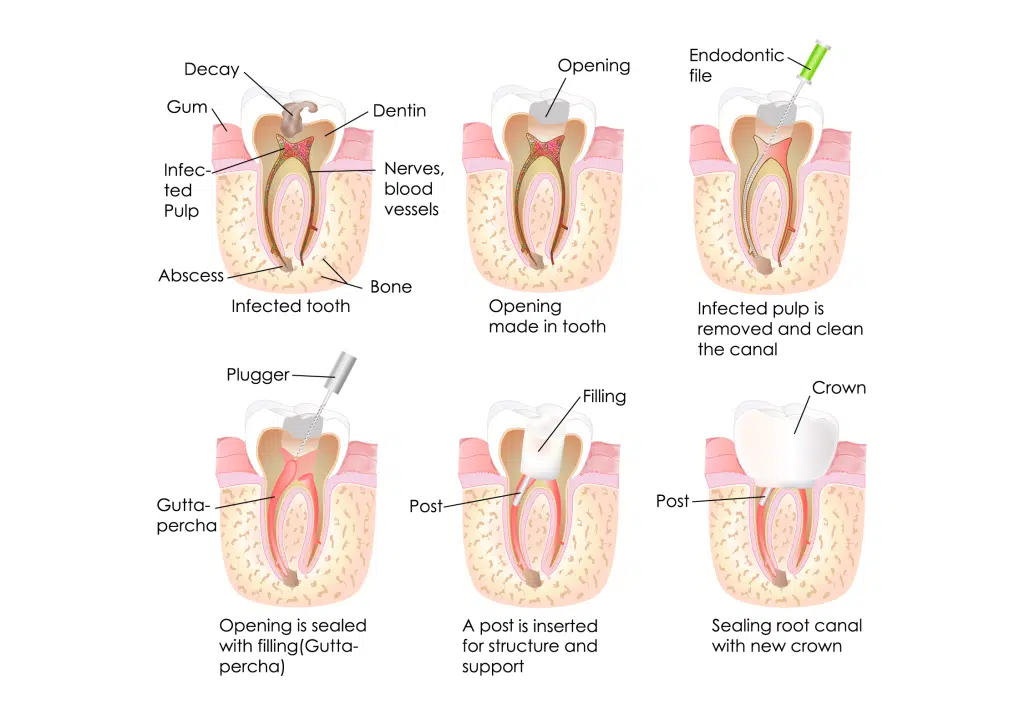
-
The dentist uses a local anesthetic agent and starts making an incision in the targeted tooth. Then, they remove the damaged tissues by using a set of precise tools. This may require 1-1.5 hours to complete, depending on the patient’s condition.
-
In this step, the doctor cleans the cavity of the tooth from the inside using a solution, followed by filling the tooth with a gel and using a glue-like substance to close the tooth canals. The patient will not feel any pain after that.
-
The doctor fills the nerve with different types of fillings according to the patient’s needs.
Endodontics Complications
Despite being a very common and safe procedure, endodontics is still carrying certain potential complications, such as:
- Improper filling: If the doctor didn’t choose an appropriate size for the filling, this may lead to the transmission and spread of bacteria throughout the cavity, which causes infections.
- Teeth roots cracking: Although it’s a part of conservative dentistry, it is possible that the roots of the teeth may crack because of an error during the procedure. The tooth may become vulnerable to fracture at any time after that.
- Infection: The doctor may unintentionally neglect one of the bifurcated root canals. This increases the possibility of bacteria transmission and bone injury.
The Bottom Line
Conservative dentistry and endodontics are like mother and daughter! They belong to the same family and have similar objectives. Endodontics is the daughter of conservative dentistry. Its brothers and sisters include dental implants and other branches of restorative dentistry.
International Clinics employs a team of specialized dentists who can perform all types of conservative dental treatments. Our dental pioneers are happy to contact you throughout the day. You can also contact us directly using the buttons on our website.
Frequently Asked Questions (FAQ)
Is Root Canal the Same as Endodontics?
A root canal is another name for endodontics, which belongs to conservative dentistry.
What Are the Branches of Conservative Dentistry?
Conservative dentistry includes major dental treatments and branches, such as Endodontics, fixed prosthodontics, dental implants, and restorative dentistry.
Can a Normal Dentist Do a Root Canal?
A root canal is a part of the basic training of all dentists. In other words, all dentists should have the necessary skills to perform this treatment.
What Is the Alternative to Endodontic Treatment?
Instead of undergoing endodontic treatment, you can choose to remove your tooth entirely if the damage is so overwhelming. However, you need to receive a bridge or crown in place of the extracted tooth.
Do Endodontists Put on Crowns?
Most endodontists are trained to clean the infected pulp, put the filling material, and place a crown on the top of the teeth as part of conservative treatment if necessary.
Do You Always Have to Get a Crown After a Root Canal?
Dental crowns are not always needed after a root canal. The need for dental crowns is usually determined by the integrity of structures left after the root canal.
Is There a Painless Root Canal?
A root canal is not painful as it used to be in the past. Today, most patients undergo root canal procedures without feeling any pain.
Read also: Dental implant cost in Turkey
